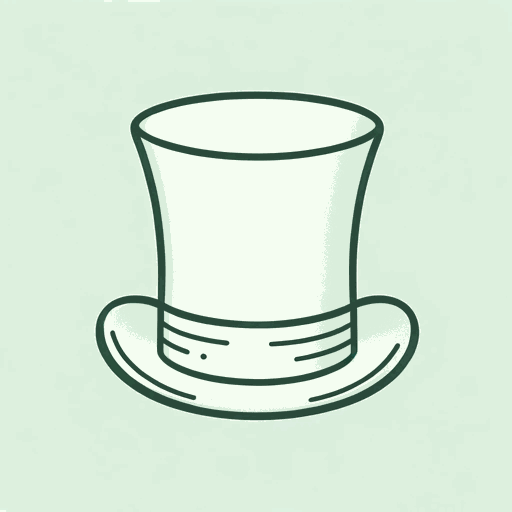53 pages • 1 hour read
Thorstein VeblenThe Theory of the Leisure Class: An Economic Study of Institutions
Nonfiction | Book | Adult | Published in 1899A modern alternative to SparkNotes and CliffsNotes, SuperSummary offers high-quality Study Guides with detailed chapter summaries and analysis of major themes, characters, and more.
Chapters 1-4Chapter Summaries & Analyses
Chapter 1 Summary & Analysis: “Introductory”
The first chapter introduces Veblen’s economic framework, which he references throughout the rest of the book. He begins by defining two key terms: industrial work and conspicuous leisure. Industrial work refers to work that produces the “material means of life,” whereas conspicuous leisure is time spent in a wasteful manner that produces nothing of social value (12). Veblen claims that conspicuous leisure and conspicuous consumption—two economic behaviors that constitute pecuniary culture, or the practice of wasting resources and time—are traditionally seen as respectable in Western society because they have been adopted by the upper class.
Veblen uses the term “industrial” to mean work that is manual, domestic, agricultural, or trade-related. In Europe’s feudal systems of the past, wealthy people were exempt from industrial work and instead held symbolic roles (such as the military or the clergy), which have a certain degree of honor attached to them, but, in Veblen’s terms, are not truly productive. He calls people who comprise this group the “leisure class.” In what Veblen calls “higher barbarian cultures” (such as feudal Europe and feudal Japan), people belonging to the leisure class are employed in a specific range of fields—warfare, government, religious, and sports—but they are all non-industrial types of work.
Featured Collections
Business & Economics
View Collection
Challenging Authority
View Collection
Class
View Collection
Class
View Collection
Philosophy, Logic, & Ethics
View Collection
Politics & Government
View Collection
Popular Study Guides
View Collection
Power
View Collection
Sociology
View Collection

